Best PerfectApps alternatives
Custom apps can enhance workflows and the user experience, and codeless app development platforms make these benefits accessible for everyone. These platforms empower users to design, build, and deploy apps using simple drag-and-drop interfaces and pre-built elements. But while these platforms focus on ease of use and flexibility, there’s no one-size-fits-all choice.
Even the best solution for one organization won’t necessarily fit your needs. For instance, PerfectApps is popular for automation features and integrations like ADP Enterprise Payroll and SuccessFactors. However, a relatively steep learning curve and exclusively quote-based pricing structure prevent it from being perfect for everyone.
What is PerfectApps?
- Best for: individuals and small businesses looking for a straightforward way to create custom apps without coding
- Key features: drag-and-drop interface, templates, integrations with popular services, and multi-platform support
- Pros: easy to use, no coding required, affordable pricing, good variety of templates and integrations
- Cons: difficulty adding users and significant learning curve
- Pricing: free trial available; $800 per year subscription plan
- Capterra: 4.8/5
- G2: N/A
PerfectApps is a well-rounded solution for those who need to create simple apps quickly. Its user-friendly interface and range of templates make it ideal for beginners or small businesses that don’t need extensive customization.
However, it may fall short for users who need more advanced features or higher levels of customization. Explore other options to see if they provide specific features or greater accessibility that aligns with your needs.
Why choose a PerfectApps alternative?
While PerfectApps is a reliable choice for basic app development, it has limitations, particularly in terms of customization and advanced features. Many custom app development platforms offer specialized features that make them particularly good for a specific use case like e-commerce. One platform might also integrate better with your workflows or existing software suite.
Top 10 alternatives to PerfectApps
Jotform Apps | Glide |  SAP Build Apps |  Adalo |  Thunkable | Bubble |  Kodular | Bravo |  Appy Pie | GoodBarber | |
|---|---|---|---|---|---|---|---|---|---|---|
| Best for | Individuals & businesses needing a no-code builder with many templates/elements | Building mobile apps directly from Google Sheets data | Advanced users creating complex apps without code | Fast mobile app creation for small to very large teams | Cross-platform (iOS & Android) app building with easy integrations | Highly customizable web applications without coding | Android developers preferring visual/block-based programming | Designers converting Figma designs into interactive apps | Quick, simple apps with a straightforward interface | E-commerce & content-focused apps for businesses |
| Key features | Drag-and-drop app creation, 600+ templates, 80+ elements, integrates with Jotform ecosystem (Forms, Tables); HIPAA on Gold/Enterprise | Deep Sheets integration, no code, real-time sync, customizable components, multi-platform | Visual programming, full-stack capabilities, REST API integration, multi-platform deploy, large component library | Drag-and-drop builder, integrated database, UI components, marketplace, multi-platform; infinite editors on top plan | Drag-and-drop, iOS/Android support, popular integrations, real-time collaboration, component library | Visual programming, built-in database, extensive plug-ins, responsive design, strong API support | Block-based coding, Android-specific features, component library, multiscreen, Google services integration | Tight Figma integration, real-time updates, complex interactions, multi-platform deploy, visual debugging | Drag-and-drop, customizable themes, multi-platform, real-time updates, basic analytics | E-commerce integration, CMS, customizable themes, push notifications, multi-platform |
| Pricing | Free plan (core features); paid $39/$49/$129 per user/mo; Enterprise via quote | Free plan; multiuser paid $99/$249/$499 per month | Plans at $1.13 / $3.40 / $9.07 / $45 per month | Free plan; paid $36/$52/$160/$200 per month (annual billing) | Free plan; single-user $13/$38/$167 per month; multiuser $500/mo (annual billing) | Free plan; paid $29/$119/$349 per month (annual); Enterprise via quote | Free (most features); Premium $3.50/mo or $35/yr | Free plan; paid $18/mo (annual billing) | Paid $16/$36/$60 per app/month; Enterprise via quote | Free trial; paid $30/$40/$215 per month |
PerfectApps has strengths, but there are other codeless app development platforms that might suit you better. Consider 10 of the best PerfectApps alternatives listed below.
1. Jotform Apps: Best for drag-and-drop app creation with 600+ templates and 80+ elements
Jotform Apps features an intuitive, codeless, drag-and-drop editor with over 600 templates and 80+ customizable elements. This makes it easy to design the apps you want without compromising on certain design features. Gold and Enterprise plans include HIPAA-compliance features.
However, the biggest selling point for Jotform Apps is that it comes bundled with the full Jotform ecosystem. You can use the Jotform Form Builder to create forms and Jotform Tables to track data within your apps. Jotform is particularly value-rich, especially if your organization is a nonprofit or educational institution that’s eligible for discounts.
That said, Jotform Apps’s greatest strength is also its main weakness. If you only want an app development platform and don’t intend to use other Jotform products, an alternative might offer better value.
- Best for: Individuals and businesses looking for a no-code app builder with extensive customization options and a wide range of templates
- Key features: drag-and-drop app creation, more than 800+ no-code app templates, over 80 customizable elements, integration with other Jotform products
- Pros: extensive template library, highly customizable elements, user-friendly interface, discounts for education and nonprofit organizations, form and data management available via Jotform ecosystem
- Cons: new users may experience a learning curve when using advanced features; premium plans can be expensive for small teams
- Pricing: free plan that includes all core features available; paid plans at $39, $49, and $129 per user, per month; multiuser Enterprise plans require a quote
- Capterra: 4.7/5
- G2: 4.7/5
2. Glide: Best for creating mobile apps directly from Google Sheets
Glide is ideal for companies that rely on Google Sheets and need to create simple, data-driven mobile apps. Real-time syncing and integration with Google Sheets make it easy to leverage your existing data and processes. However, this reliance on the Google ecosystem may be a limitation if your app requires more complex features.
- Best for: users who want to build mobile apps using data stored in Google Sheets
- Key features: seamless integration with Google Sheets, no coding required, real-time updates, customizable components, and multi-platform support
- Pros: easy to use, real-time data syncing, quick app creation, strong Google Sheets integration
- Cons: limited to the functionality of Google Sheets, not ideal for non-spreadsheet-based apps
- Pricing: free plan available with basic features; multiuser paid plans available at $99, $249, and, $499 per month
- Capterra: 4.5/5
- G2: 4.7/5
3. SAP Build Apps: Best for advanced users looking to create complex apps without code
SAP Build Apps, formerly Appgyver, is ideal for creating relatively complex apps without code. It features a visual programming interface and component library you can use to create surprisingly complex, function-rich apps. In all, the tool is ideal for tech-savvy teams developing sophisticated apps, but beginners may find it overwhelming.
- Best for: advanced users who need a highly customizable platform to build complex, feature-rich apps without coding
- Key features: visual programming interface, full-stack development capabilities, integration with REST APIs, multi-platform deployment, extensive component library
- Pros: highly customizable, powerful features, suitable for complex apps, strong API integration
- Cons: steeper learning curve, more suitable for users with some technical background
- Pricing: plans available at $13, $32.52, and $144 per month
- Capterra: 4.4/5
- G2: 4.1/5
4. Adalo: Best for creating mobile apps with small and very large teams
Adalo features a simple drag-and-drop interface that makes it easy for anyone to design and build apps. An integrated database improves in-app data management, and features like push notification support make Adalo particularly suitable for mobile app development. However, mobile app development and support for multiple editors are locked behind the Professional plan and higher-tier options.
If you’re developing mobile apps with a team of up to five members, Adalo’s Professional plan offers excellent value. Likewise, the $200 Business plan supports unlimited editors, allowing for the development of apps at scale. However, Adalo is less ideal for non-mobile development, or for very small and medium-sized teams.
- Best for: users who want to build mobile apps quickly with an intuitive, user-friendly interface
- Key features: drag-and-drop builder, integrated database, customizable UI components, app marketplace, multi-platform support, infinite editors with top plan
- Pros: intuitive interface, no coding required, strong design capabilities, integrated database for managing app data
- Cons: limited to mobile apps, advanced features and multi-editor support require higher-tier plans
- Pricing: free plan with limited features; paid plans available at $36, $52, $160, and $200 per month (billed annually)
- Capterra: 3.5/5
- G2: 4.6/5
5. Thunkable: Best for building cross-platform apps with easy integrations
Thunkable is a solid choice for organizations building apps that run on both iOS and Android. Like other platforms, it features an intuitive, drag-and-drop editor for code-free app development. While it doesn’t have many advanced, built-in features, it does many integrations that can make up for this.
The platform is ideal for agencies that want to offer app development as a service. The higher-tier plans provide unlimited storage and private projects, robust support, and in-app payment support. However, the resource and feature limitations on Thunkable’s basic plans restrict them to small projects or educational use.
- Best for: users who want to create apps that work across both iOS and Android platforms
- Key features: cross-platform compatibility, drag-and-drop interface, integration with popular services, real-time collaboration, extensive component library
- Pros: supports both iOS and Android, easy to use, strong integration options, real-time collaboration features
- Cons: somewhat limited customization for advanced users, certain features locked behind paid plans
- Pricing: free plan available with basic features; single user paid plans available at $13, $38, and $167 per month; multiuser plan available for $500 per month (billed annually)
- Capterra: 4.3/5
- G2: 4.4/5
6. Bubble: Best for creating highly customizable web applications
Bubble’s visual programming interface offers an intuitive, low-code approach to web development. The platform’s built-in database and wide range of plug-ins are useful for developing relatively complex apps. However, Bubble has a steeper learning curve and fewer features for mobile development than many drag-and-drop app development platforms.
- Best for: users who need to create complex, feature-rich web applications without coding
- Key features: visual programming interface, built-in database, robust plug-in ecosystem, responsive design capabilities, strong API support
- Pros: highly customizable, powerful features, responsive design, extensive plug-in marketplace
- Cons: steeper learning curve, more suited for web applications than mobile apps
- Pricing: free plan with basic features; paid plans available at $29, $119, and $349 per month (paid annually); custom enterprise solutions require a quote
- Capterra: 4.6/5
- G2: 4.4/5
7. Kodular: Best for Android developers looking for a visual programming platform
Kodular (formerly Makeroid), is suitable for developers who prefer visual programming and create moderately complex apps for Android. It uses a block-based coding system similar to Scratch, so you need minor coding knowledge to use it. Kodular is accessible for users with minimal coding experience while still offering robust features for more advanced users.
However, Kodular’s Android-only focus means it’s not the best option for developers who need to create cross-platform or iOS apps. On account of Kodular’s low price and lack of advanced features, it’s ideal for educators, students, and hobbyists interested in Android development only.
- Best for: Android developers who want to create apps using a visual, block-based programming interface
- Key features: block-based coding, strong Android-specific features, extensive component library, multiscreen support, integration with Google services
- Pros: tailored for Android development, easy to use, strong support for Android-specific features, good for educational purposes
- Cons: limited to Android, not ideal for complex apps, requires familiarity with block-based coding
- Pricing: free to use with access to most features; premium plan is $3.50 per month or $35 per year
- Capterra: N/A
- G2: 5/5
8. Bravo: Best for converting Figma designs into interactive apps
Bravo is a unique tool created for designers who want to turn their Figma designs into interactive, functioning apps. In particular, the platform’s seamless integration with Figma supports real-time updates and complex interactions. This makes it a great choice for design-focused projects that emphasize aesthetics and user experience.
However, Bravo’s reliance on Figma makes it less flexible for users who aren’t familiar with the tool or work with different design software. It’s suitable for professional designers, UX/UI experts, and agencies that need to bring their designs to life without involving developers.
- Best for: designers who want to turn their Figma designs into fully functional mobile apps without coding
- Key features: Figma integration, real-time design updates, support for complex interactions, multi-platform deployment, visual debugging tools
- Pros: seamless Figma integration, easy to create interactive prototypes, real-time updates, good for design-focused projects
- Cons: limited to Figma users, less flexibility for non-designers, higher pricing for advanced features
- Pricing: free plan with basic features; paid plan costs $18 per month (billed annually)
- Capterra: 5/5
- G2: 4.8/5
9. Appy Pie: Best for creating simple, no-frills apps with a straightforward interface
Appy Pie is a straightforward app builder designed for users who need to create basic apps without any frills. Its drag-and-drop interface is easy to use, making it ideal for quick projects without advanced features. Appy Pie supports a variety of app types, from business to personal projects, and offers real-time updates and basic analytics.
However, many users will consider this simplicity a drawback. Appy Pie isn’t suitable for users who need more customization or advanced functionality. Instead, Appy Pie is best suited for small projects, beginners, and those who need to create simple apps on a tight budget.
- Best for: users who need to create basic apps quickly and without complications
- Key features: drag-and-drop interface, customizable themes, multi-platform support, real-time app updates, basic analytics
- Pros: simple to use, no coding required, quick app creation, supports various app types
- Cons: limited customization, lacks advanced features, more suitable for small projects
- Pricing: paid plans available at $16, $36, and $60 per app, per month; custom enterprise solutions require a quote
- Capterra: 4.6/5
- G2: 4.7/5
10. GoodBarber: Best for building e-commerce and content management-oriented apps
GoodBarber is suitable for businesses that need to build apps focused on e-commerce and content management. Users can leverage its built-in e-commerce features and customizable themes to create apps that not only look great but also function smoothly for online sales and content delivery.
In all, Goodbarber has a relatively narrow scope. It’s suitable for small to medium-sized businesses and retailers, as well as content creators. But outside these niches, you’re better off choosing a different PerfectApps alternative.
- Best for: businesses looking to create apps with strong e-commerce and content management features
- Key features: e-commerce integration, content management system, customizable themes, push notifications, multi-platform support
- Pros: strong e-commerce features, easy-to-manage content, customizable themes, support for various monetization methods
- Cons: limited to specific app types (e-commerce, content); higher pricing for more advanced features
- Pricing: free trial available; paid plans available at $30, $40, and $215 per month
- Capterra: 3.7/5
- G2: 3.4/5
Choosing the right tool to build your no-code app
Building an app without coding knowledge used to be impossible, but now it’s only a matter of selecting the right tool. The right platform can provide the perfect balance of functionality, value, and ease of use for your needs. There’s no single perfect app development platform for everyone, though, so understanding your needs is essential.
Jotform is ideal if you need a comprehensive, feature-rich platform that combines extensive templates and customizable elements with forms and tracking features. But if you’re a designer who needs to convert Figma designs into interactive apps, Bravo would be a better fit. If you’re part of a small agency with big ambitions, Adalo’s scalability could be what you’re after.
It’s also important to consider the long-term scalability and support offered by these platforms. While some tools excel at getting you started quickly, they might not be as suited toward scaling over time. Choosing the right PerfectApps alternative requires considering your current needs as well as how your organization will grow in the future.
This article is for small business owners, educators, designers, developers, and teams who want to build custom apps without writing code but find PerfectApps too limited, complex, or expensive for their needs.

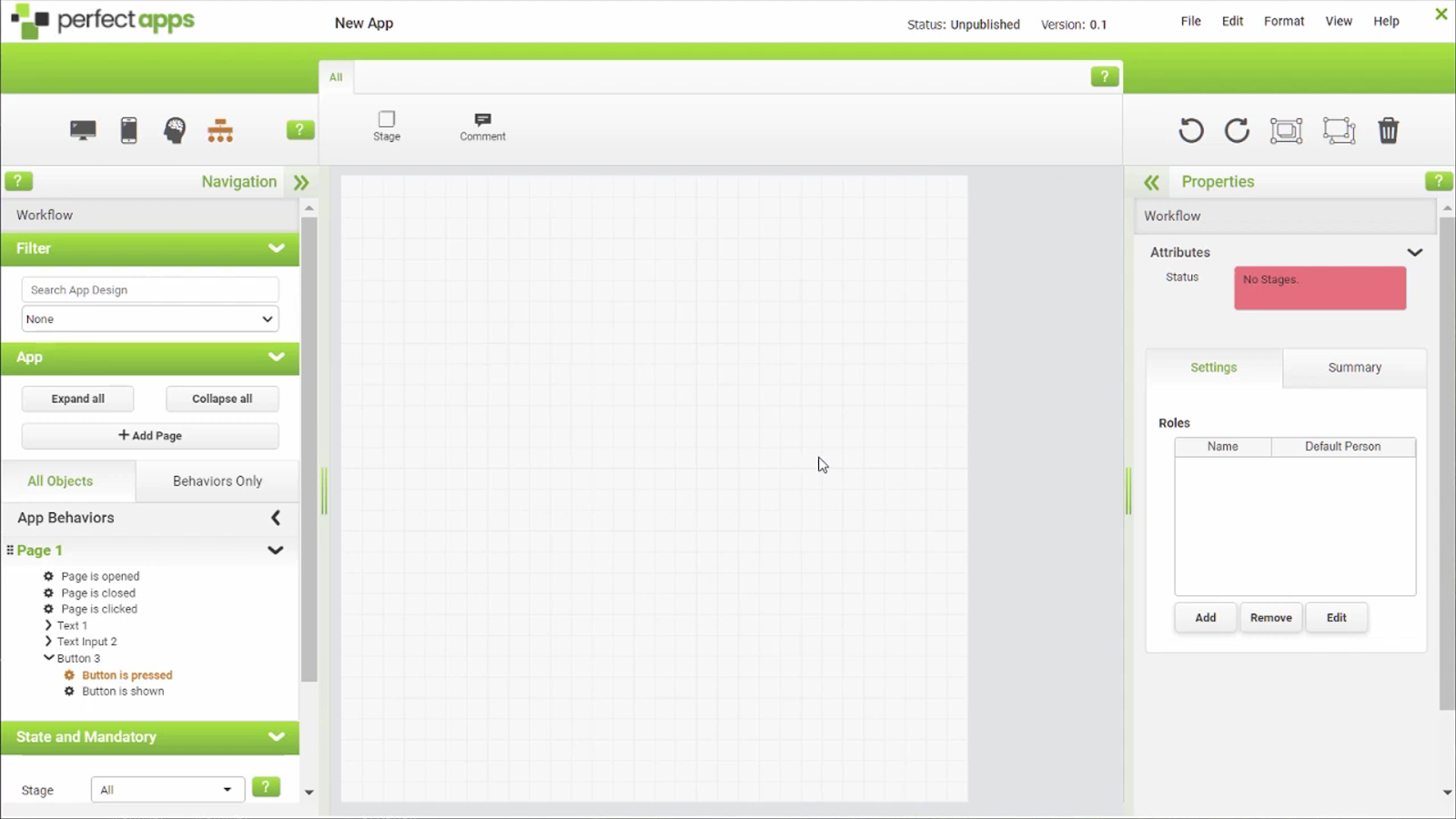
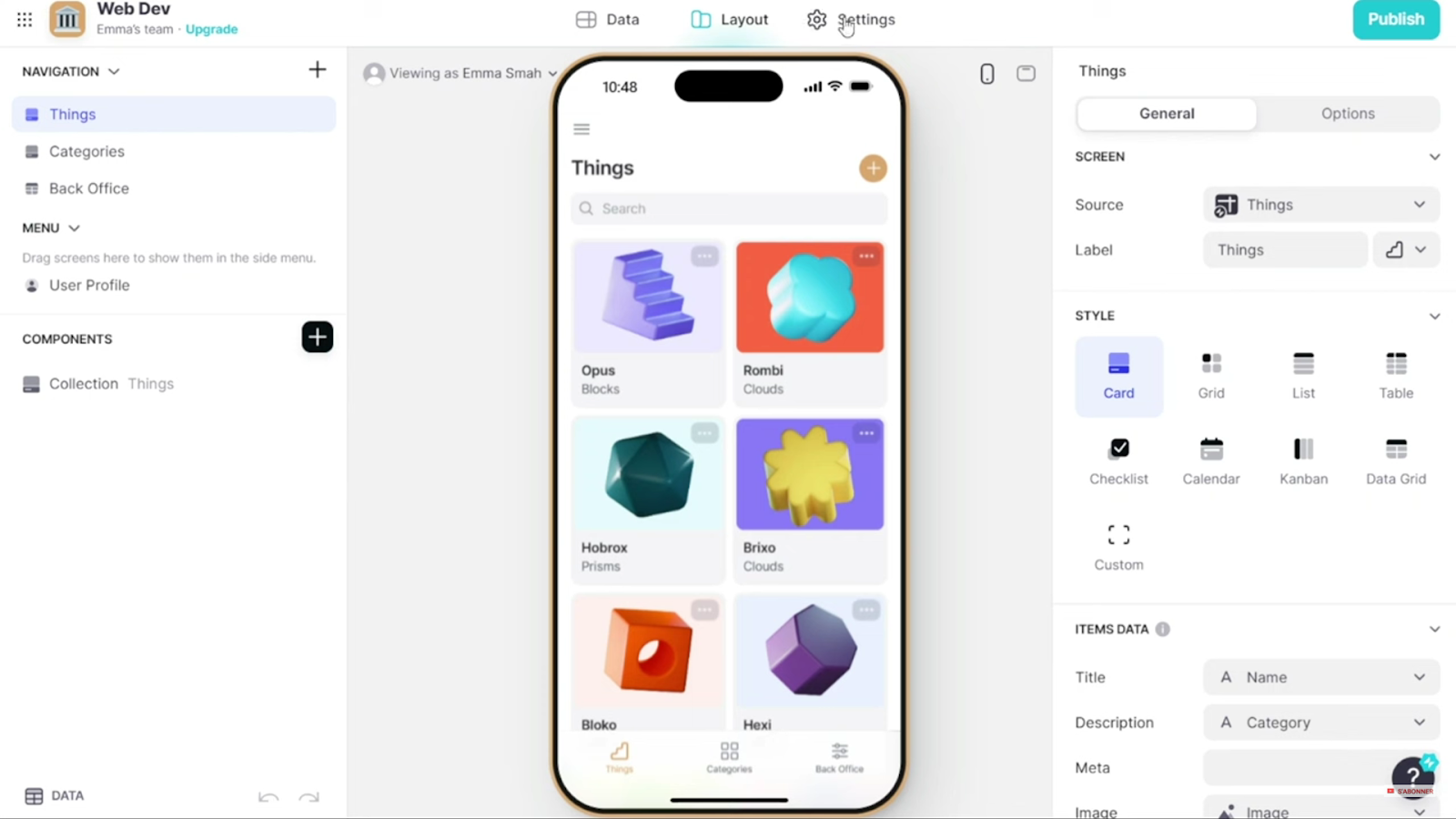

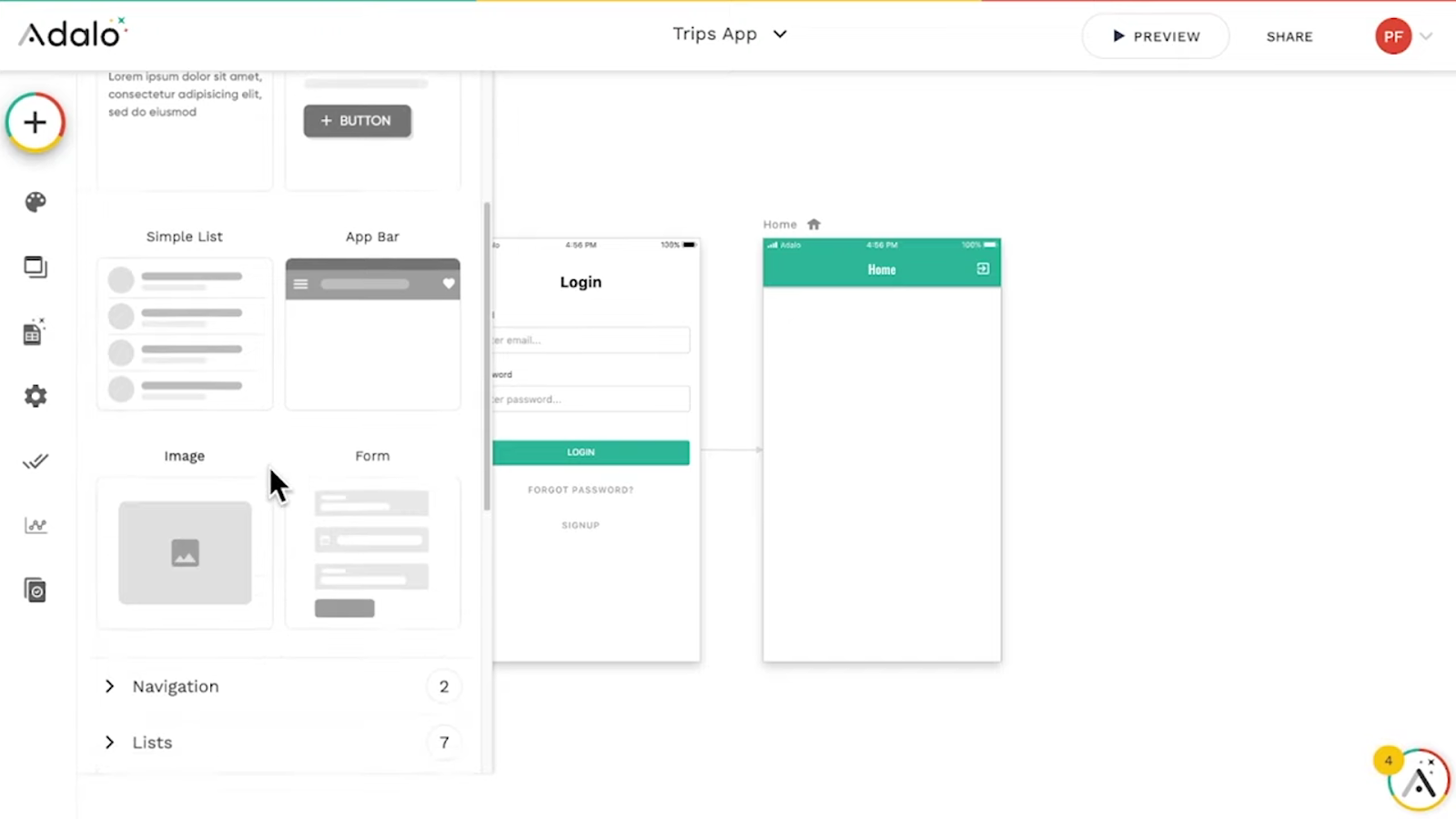
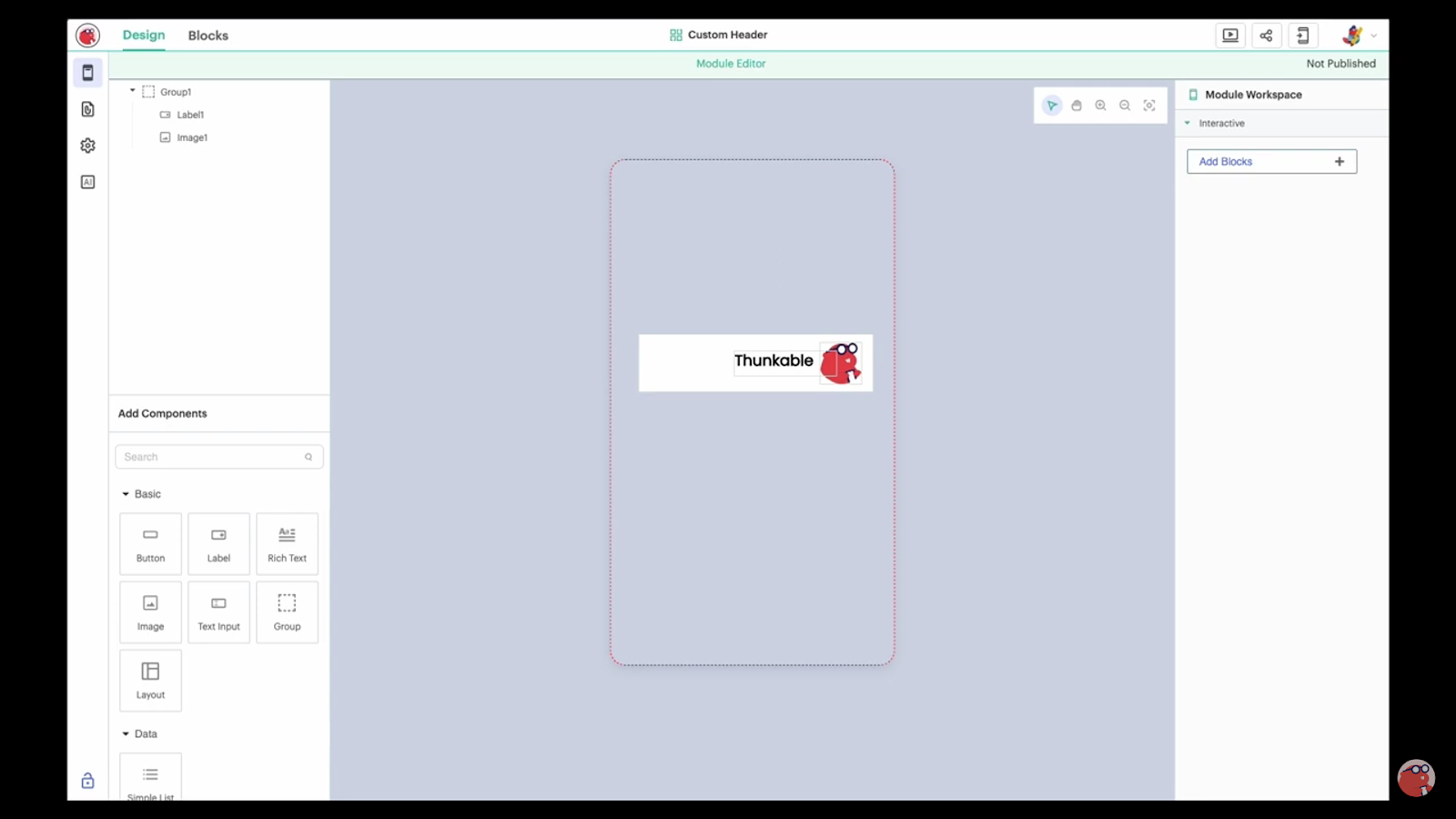
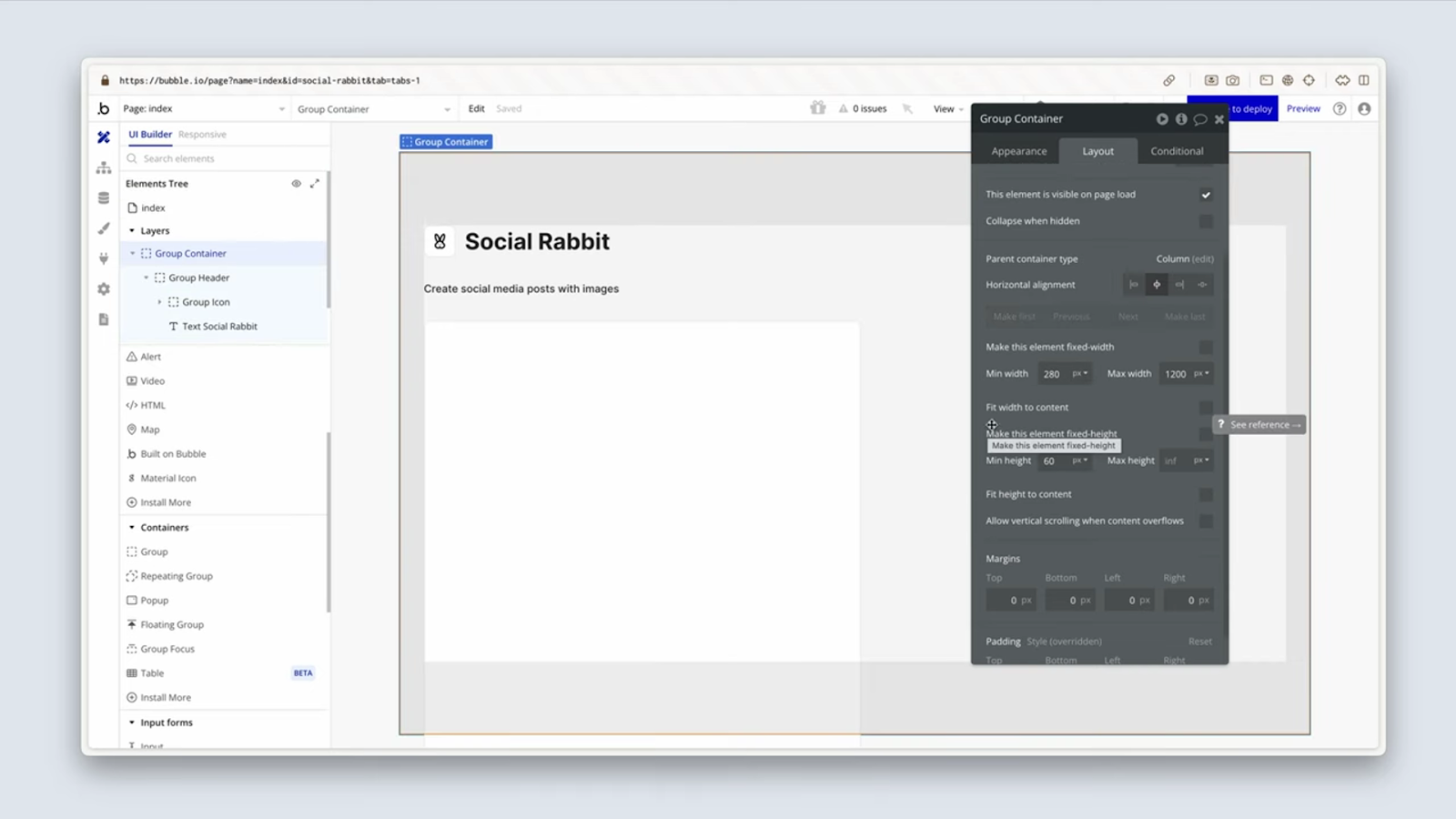
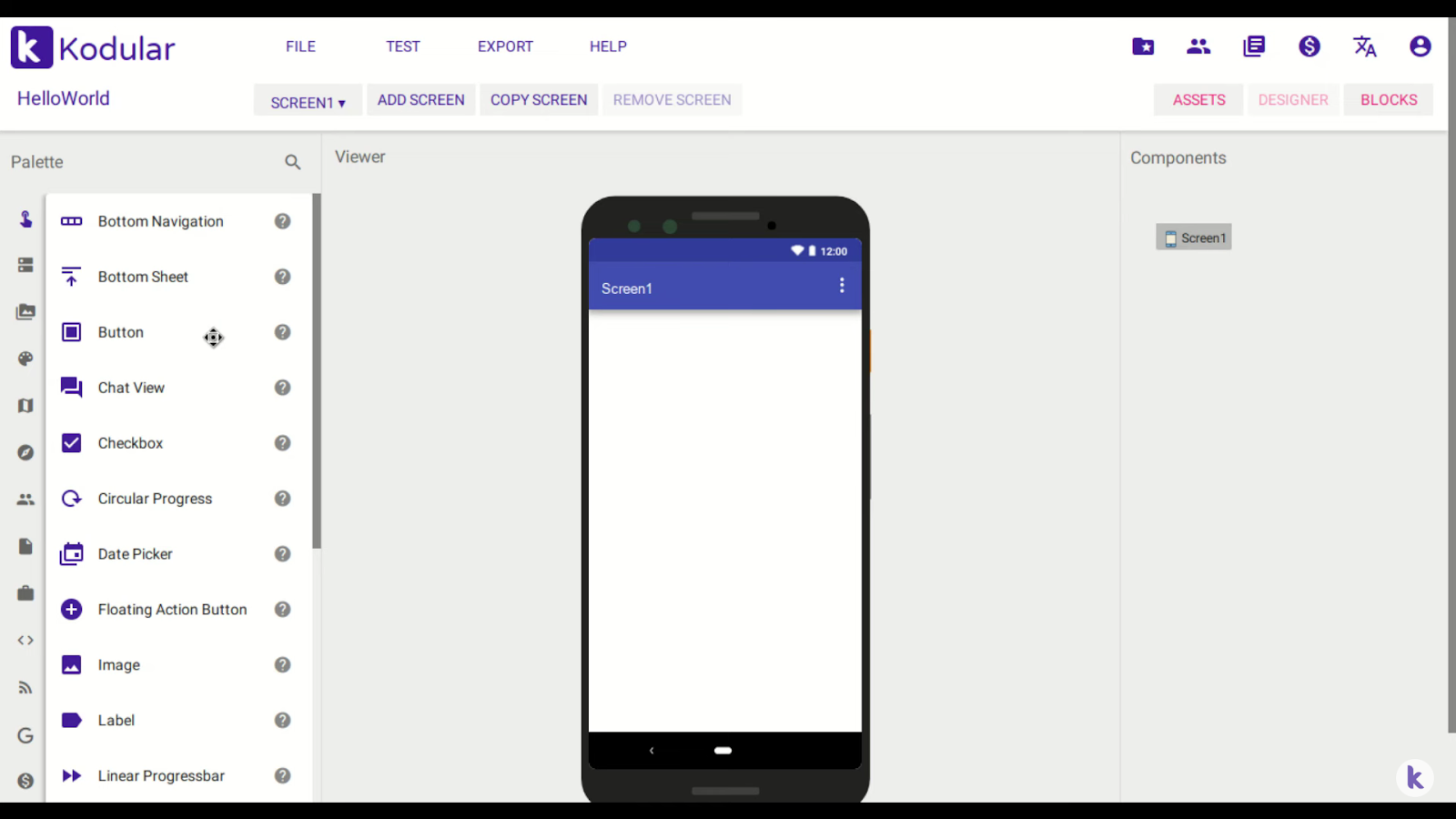
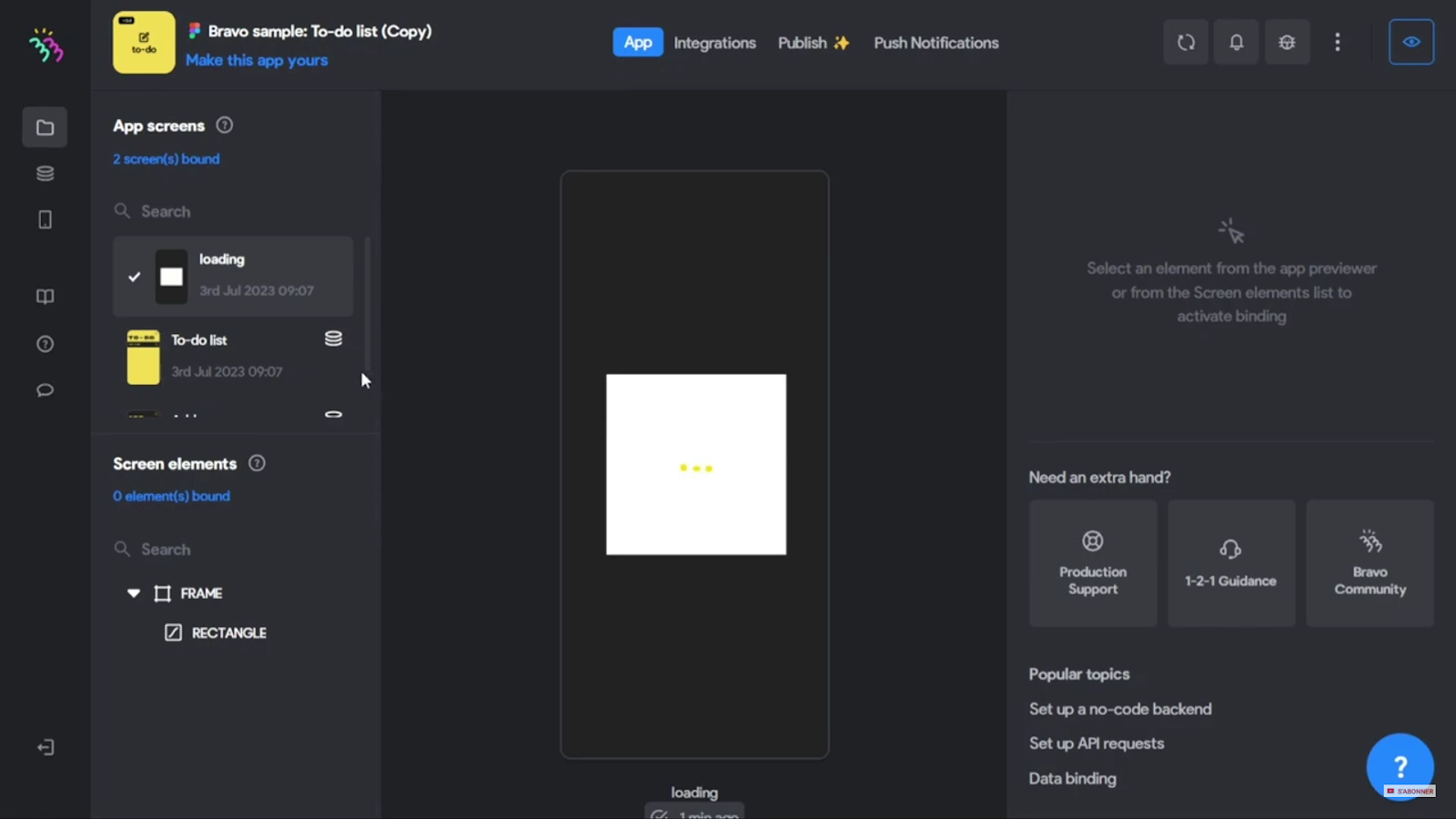
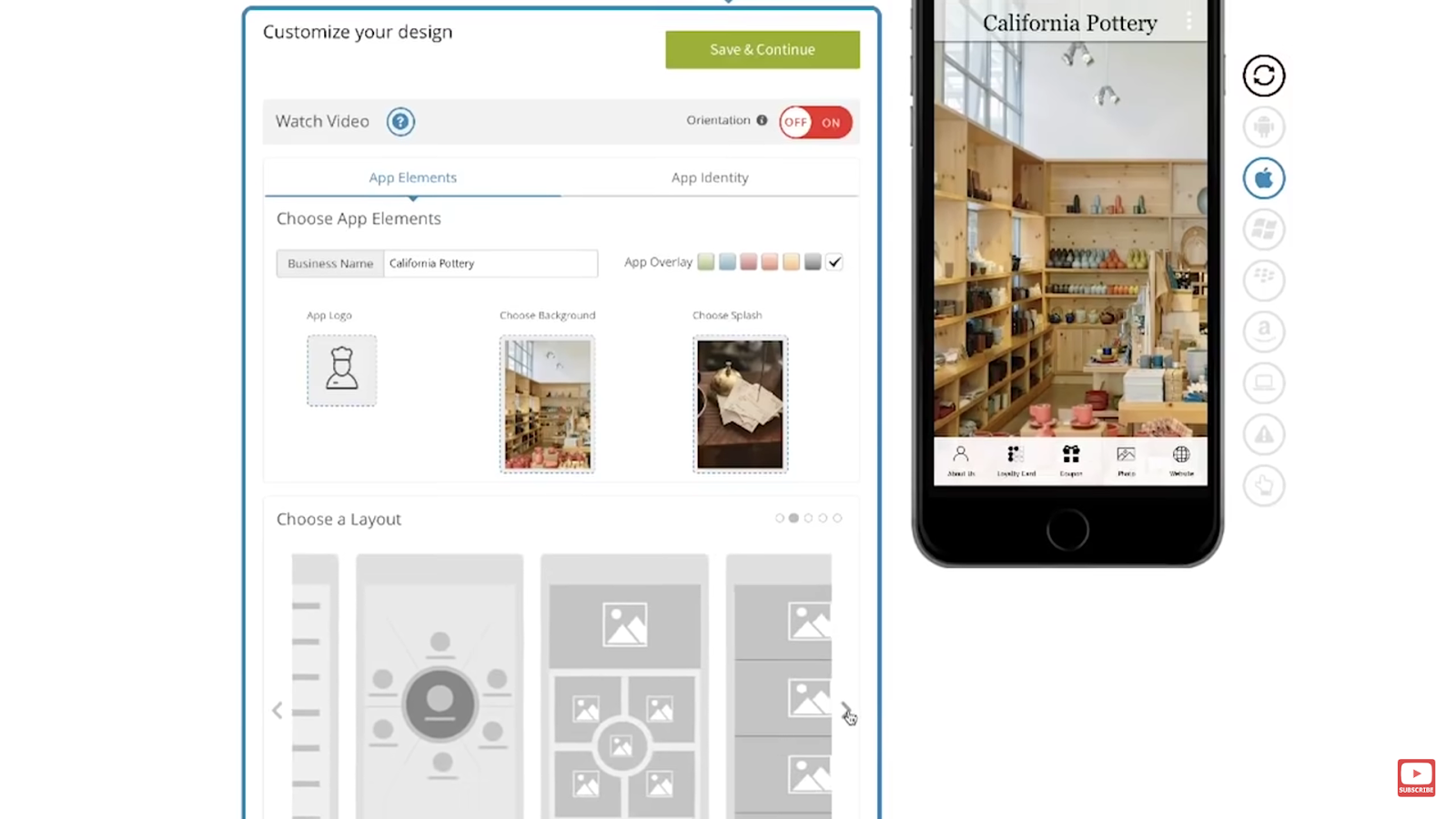
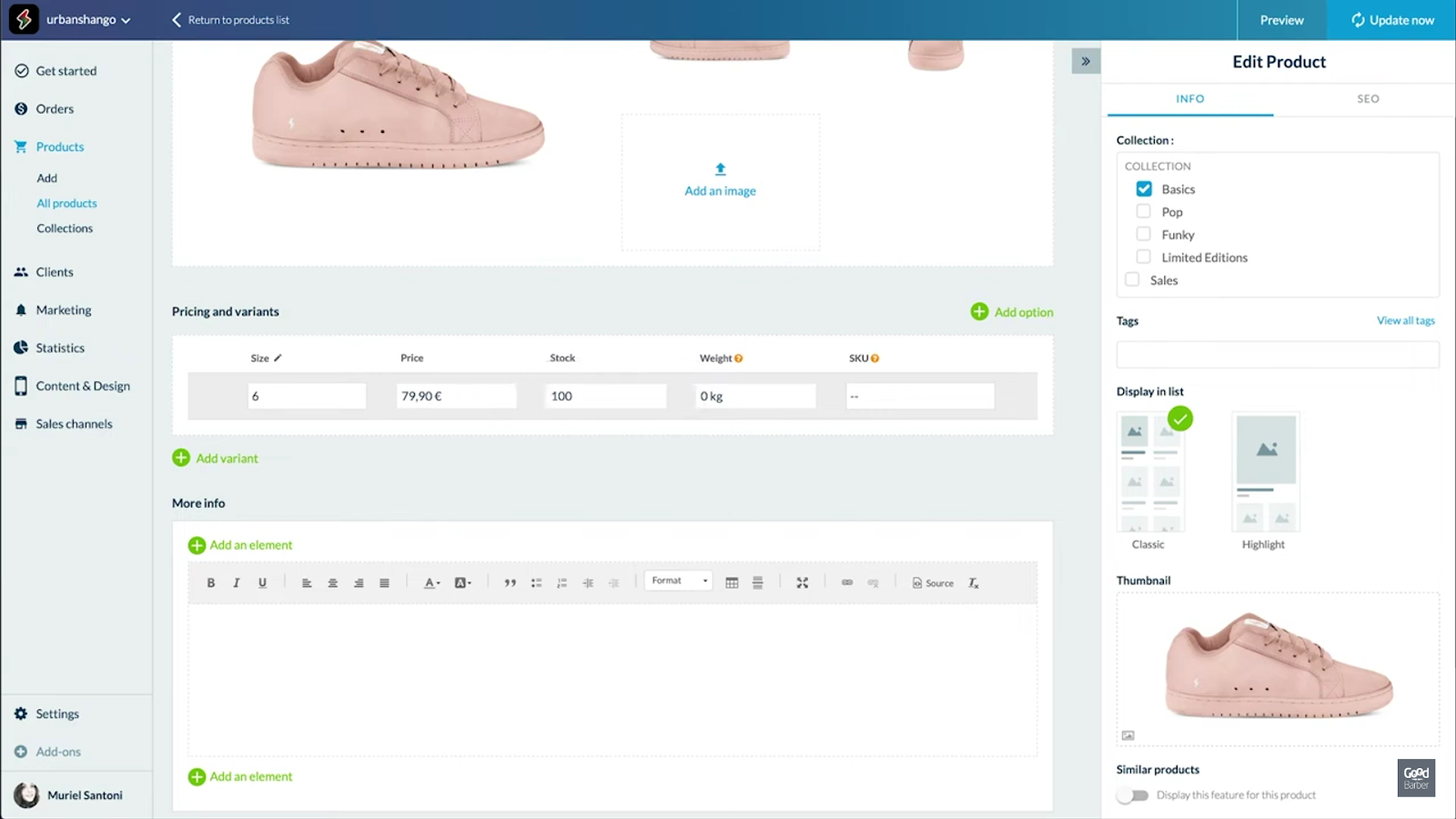





































































































Send Comment: